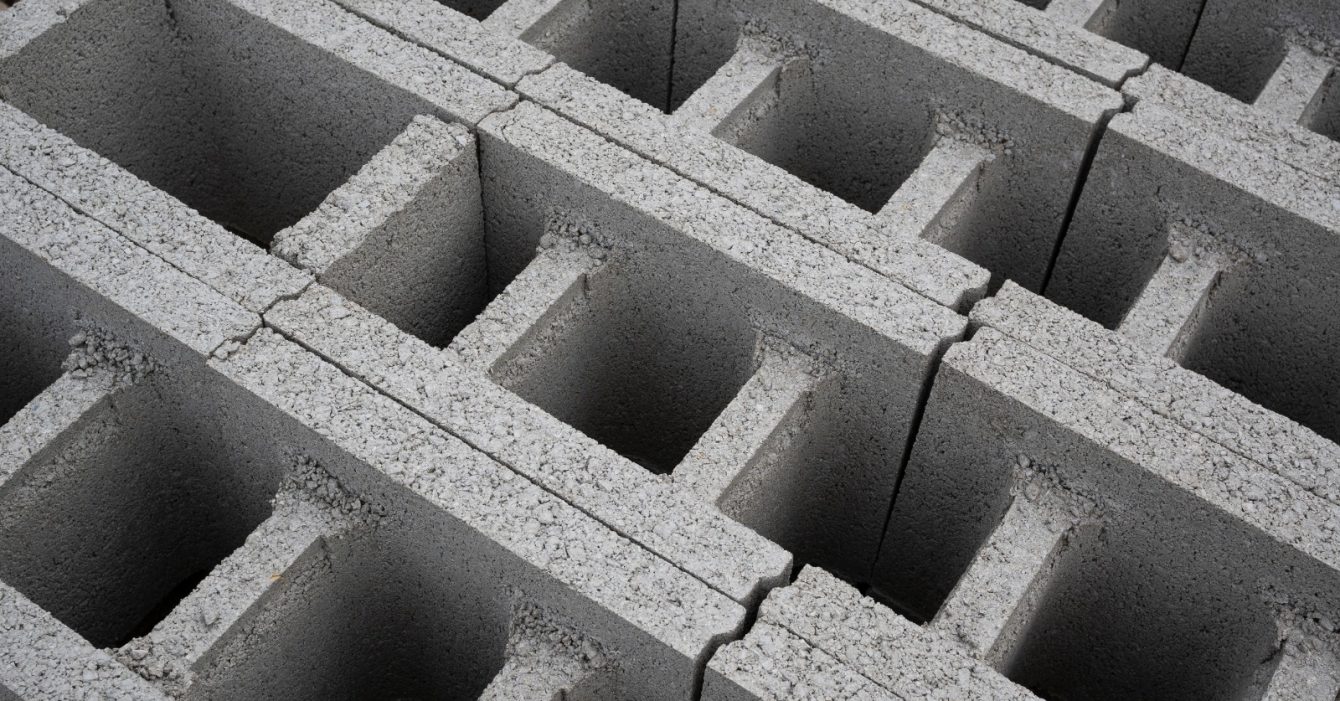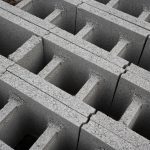Description :
The Function and History of Polycarboxylate Ether (PCE) in Dry Mortar and Concrete Polycarboxylate Ether (PCE) has revolutionized the construction industry with its superior performance in dry mortar and concrete applications. This blog delves into the history, function, and significant benefits of PCE, illustrating why it is a cornerstone material in modern construction practices.
History of Polycarboxylate Ether (PCE)
The evolution of PCE can be traced back to the late 20th century, a period marked by rapid advancements in chemical engineering and material science. The need for more efficient concrete admixtures led to the development of polycarboxylate-based superplasticizers. Early research and development were driven by the quest for enhanced workability, durability, and sustainability in concrete formulations.
In the 1980s, Japanese researchers made significant breakthroughs in synthesizing PCE, leading to its commercial availability in the 1990s. This innovation was a game-changer, offering superior performance over traditional lignosulfonate and naphthalene-based superplasticizers. PCE’s ability to significantly reduce water content while maintaining fluidity and workability set new standards in concrete technology.
Function of Polycarboxylate Ether (PCE) in Dry Mortar and Concrete
1. Water Reduction and Increased Workability PCEs are high-range water reducers, meaning they can reduce the water content in concrete by 30% or more. This reduction without compromising workability is crucial for producing high-strength concrete. The unique comb-like molecular structure of PCEs enables better dispersion of cement particles, resulting in a more fluid mixture that is easier to pour and shape.
2. Enhanced Strength and Durability By allowing for lower water-cement ratios, PCEs contribute to the production of denser, stronger concrete. The improved particle dispersion reduces porosity, enhancing the concrete’s overall durability and resistance to environmental factors such as freeze-thaw cycles, chemical attack, and abrasion.
3. Improved Sustainability Reducing water usage in concrete production not only conserves a vital resource but also lowers the carbon footprint of construction projects. Additionally, the improved strength and durability of PCE-modified concrete mean structures have a longer lifespan, which translates to reduced maintenance and repair needs over time.
4. Versatility in Application PCEs are highly versatile and can be used in various types of concrete and mortar, including self-compacting concrete, high-performance concrete, and ready-mix concrete. They are also beneficial in dry mortar applications, where they enhance the flow properties and reduce the water requirement, leading to better adhesion and workability.
Advancements and Future Trends
The continuous innovation in PCE technology has led to the development of specialized formulations tailored for specific applications. Research is focused on creating even more efficient PCEs that can further reduce water usage and improve environmental sustainability. Additionally, efforts are being made to enhance the compatibility of PCEs with other admixtures and to develop bio- based PCEs from renewable resources.
Conclusion
Polycarboxylate Ether (PCE) has significantly impacted the construction industry, offering unparalleled benefits in dry mortar and concrete applications. Its ability to reduce water content while enhancing workability, strength, and durability makes it an indispensable component in modern construction. As technology advances, PCE will continue to play a critical role in developing more sustainable and resilient infrastructure.
For those in the construction industry, understanding the function and history of PCE is essential for leveraging its full potential. Stay tuned for more updates on the latest advancements in PCE technology and how they can benefit your next construction project.



